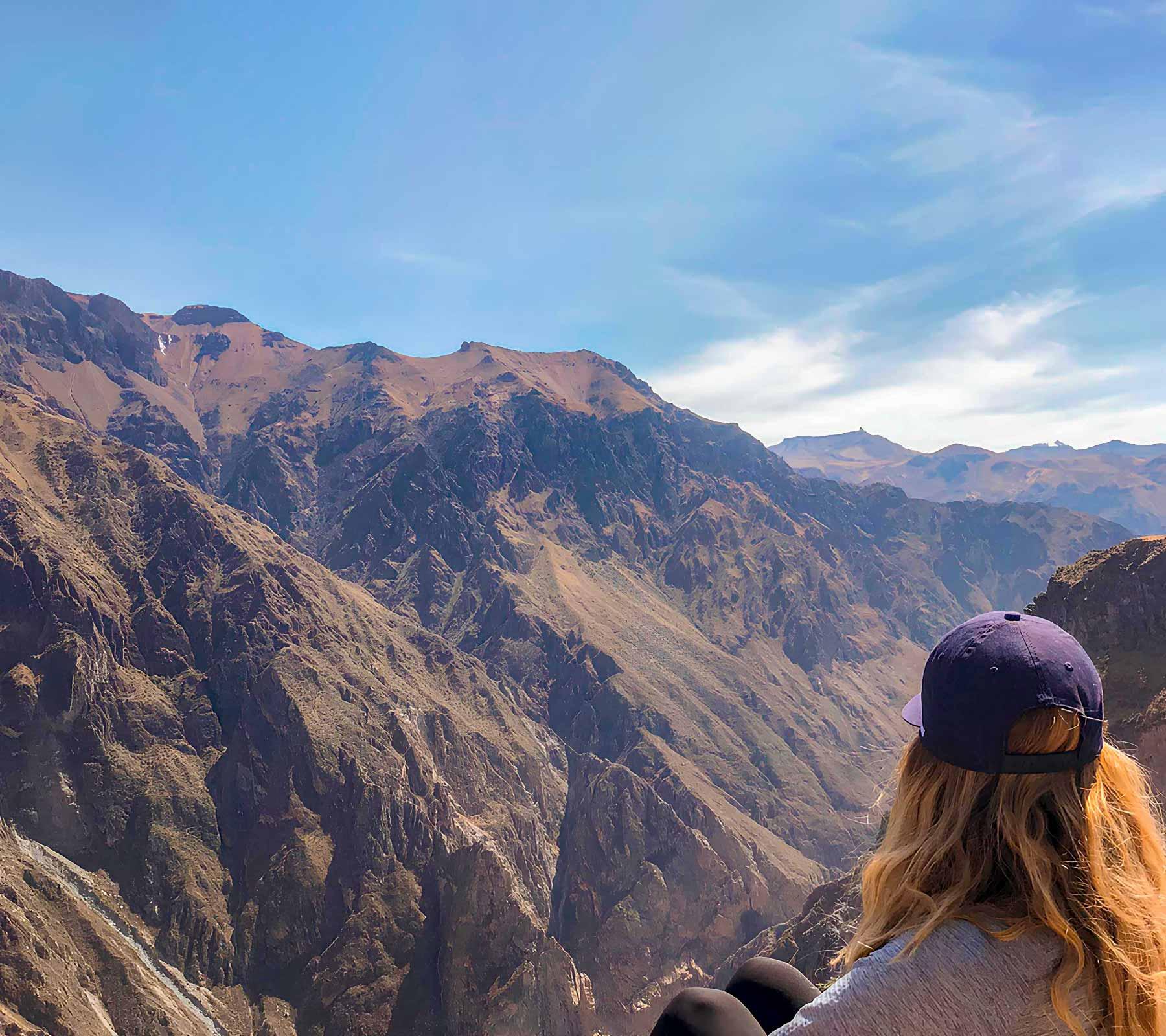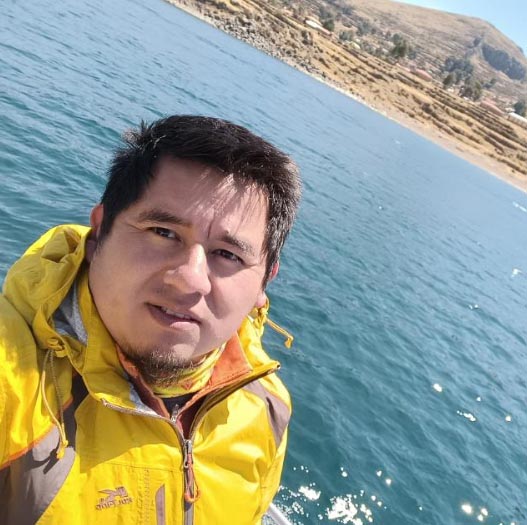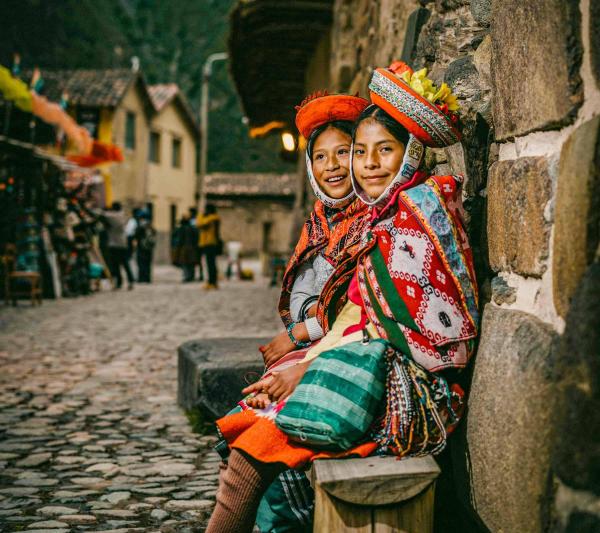The Colca Canyon is the largest tourist attraction in Arequipa and the second most visited in Peru, after Machu Picchu. Its rugged geography is home to a rich variety of flora and fauna as well as Andean towns with many traditions. From there you can see the flight of the condors, the most popular birds of the Andes. You can also practice adventure sports and enjoy the incredible landscapes. Without a doubt, it is one of the tourist destinations that must be visited.
What is it?
Colca is a valley and canyon located in the Andes mountain range. It is one of the deepest canyons in the world as it reaches 4,160 meters deep (up to twice as deep as 'The Grand Canyon' in the United States). Its rugged geography was formed more than 150 million years ago. A great variety of flora and fauna settled there, where the presence of the Andean condor, the largest flying bird in the world, stands out.
Currently, in the Colca valley and canyon, it is the second most visited tourist attraction in Peru (only after Machu Picchu). During the trip, the visitor visits Andean towns with a lot of tradition such as Coporaque, Yanque, Maca, Chivay and more. The route includes a hiking route and the option to relax in thermal baths or do adventure sports. The tours depart from the city of Arequipa.
Where is?
The Colca Canyon is located in the Andes mountain range, south of Peru. It belongs to the town of Chivay, province of Caylloma, Arequipa region.
Geography and altitude
The highest point is the snowy Ampato, located at 6,288 meters above sea level. The lowest point is Andamayo, at 970 meters elevation. The entire Colca Valley occupies an area of 100 square kilometers. It is located 165 kilometers from the city of Arequipa (and 40 kilometers from the town of Chivay).
How to get there?
The starting point is the city of Arequipa, from where you must take transportation to the town of Chivay (approximately 3 hours trip). The town of Chivay, the capital of the province of Caylloma, is where the largest offer of nearby accommodation is. From there you must walk to reach the Colca Canyon.
History
Hundreds of years ago the Colca Valley was inhabited by various Andean cultures, from small pre-Inca villages to current towns that adopted many of the Andean customs. The first traces of man in Colca date back to 6,000 BC, the time of camelid hunter-gatherers. In 900 BC, the Cabanas and Collaguas human groups arrived and settled there. The first great civilization that built platforms and enclosures was the Wari culture (600 AD – 1200 AD), who preceded the Inca civilization.
The Incas, who arrived in the Colca Valley in the 15th century, improved and expanded agricultural terraces and irrigation systems. The Incas also created roads and colcas (food warehouses). Then, in the mid-16th century, the Spanish conquered the territory by imposing their laws and subjecting the local population to the 'encomienda' work system. The colonial churches of baroque style remain as traces. Since the 1970s, the number of visitors has increased. Today, the Colca Canyon is the second most visited tourist attraction in Peru.
Flora
The Colca Canyon has an Andean ecosystem, which is home to different species of trees and plants, such as: queñua forests, ichu (also known as puna grass), wetlands, yaretas, cacti, tolares, the Raimondi puya, among others.
Fauna
Like the ecosystems, the fauna of the Colca Canyon is varied. Currently, 231 species of vertebrates are registered. Some species stand out, such as: the Andean condor, the parihuana, the llama, the alpaca, the vicuña, the taruca, the Andean fox, the vizcacha, the peregrine falcon, the ajoya, among others. Some of these species are in danger of extinction and vulnerable status.
The flight of the condor
In the Colca Canyon is one of the most famous nature spectacles in Peru: the flight of the condor. At the 'Cruz del condor' viewpoint it is possible to see the flight of up to 20 of these birds, considered the symbol of the Andes Mountains.
The Andean condor is considered the largest flying bird in the world. It has a height of 1.3 meters. With its wings extended, it reaches a span of 3.5 meters. It has a weight of between 11 to 13 kilos. They feed mainly on carrion. They live between 50 to 75 years. For the Inca culture, they were sacred birds that communicated the world of the gods (hanan pacha) with the earthly world (kay pacha).
Andean towns
Along the Colca Canyon, several Andean towns full of history were settled over the years, such as: Yanque, Achoma, Maca, Pinchollo, Cabanaconde, Coporaque, Ichupampa, Lari, Madrigal and Chivay (capital of the province of Caylloma). . In addition to the beautiful landscapes (such as the snow-capped Ampato, Coropuna, Solimana and Huallahualca), these towns are full of history, archaeological remains and, above all, many traditions.
The Colca Canyon
The Colca Canyon has a depth of 4,160 meters, making it the second deepest in the world (only after the Yarlung Tsangpo in China, which is 5,590 meters deep). Research indicates that the canyon was formed about 150 million years ago. There are inclinations of up to 60º. In its surroundings you can see stone forests. Also notable are the caves or grottoes where ceramic remains, petroglyphs, fossils and even human remains were found.
Adventure sports
During the trip to the Colca Canyon you can do different adventure sports such as rock climbing, cycling, canoeing, but above all, hiking trails. The vast majority of these walks last 3 days and 2 nights and begin in the town of Cabanaconde. The sections are full of spectacular landscapes. It crosses rivers, lagoons, Andean towns and viewpoints.
Thermal baths
The towns surrounding the Colca Canyon have a range of thermal baths that originated thousands of years ago as a result of the volcanoes that dominate the Andes mountain range. The thermal baths of the towns of Chivay (the baths of La Calera), Yanque the baths of Chacapi), Callalli (the baths of the Inca) and Caylloma (the baths of Coñeymayo) stand out. The waters of these natural attractions have a temperature that varies from 36ºC. up to 50ºC and have elements that relieve muscle and rheumatic pain such as: calcium, zinc, iron and others. The entrance price to these places varies from 1 Peruvian sole to 15 Peruvian soles.
How much does the visit cost?
There are several types of tours to the Colca Canyon. The most popular alternative is the 1-day service (Full Day), which costs approximately 25 US dollars per tourist and includes: transportation, breakfast and tour guide. This tour does not include entrance to the canyon, which costs an additional 70 Peruvian soles (approximately 22 US dollars).
Tours of 2 or more days (even those that include hiking trails) cost between 35 and 50 US dollars per person. There is also the option of going on your own. To do this, you must take public transportation from the city of Arequipa to Chivay and buy the ticket at the entrance gate to the Colca Canyon.
Climate
The climate in the Colca Canyon is cold. The rainy season is from November to April. On those days the temperature reaches a minimum of 4ºC. (39.2ºF) and a maximum of 24ºC. (75.2ºF). The dry season is from May to October. On those days the minimum temperature drops to -8ºC. (17.6ºF) while it can reach up to 20ºC. (68ºF). Even so, this tourist attraction can be visited every day of the year.
When should I go?
The best time of year to visit the Colca Canyon is during the dry season (from May to October) because in those months rain is not frequent, making it a good time for outdoor walks. However, for some visitors, it is pleasant to go during the rainy season (mainly January, February and March) as the landscapes become greener.
What should I bring?
- Light clothing for the day and warm clothing for the night.
- Swimsuit (if you decide to visit the thermal baths).
- A good camera (to capture the flight of the condors
- Sunscreen.
- Hat or cap.
- Rain poncho (in case of rain).
- Snacks and rehydrating water.
- A backpack.
- Cash and documents.
Other interesting blogs:
Are you ready for this unforgettable experience? Don’t hesitate to contact us!
Let our travel experts help you book one of our guided tours to Machu Picchu and take a step closer to completing your adventure.
- Machu Picchu Tour from Cusco
- Short Inca Trail
- Three-Day Inca Trail
- Four-Day Inca Trail
- Machu Picchu Tour from Lima
If you’d like more information about the Machu Picchu circuits, our highly trained team at Machu Picchut Travel is ready to assist you with booking your tickets online.






